Yesterday, I received another direct mail letter from a solar company.
Massachusetts set a record for new solar capacity in 2014, with more strong growth on the way. But with this growth has come increased competition among installers, both commercial and residential.
How can any one solar company use marketing to stand out and capture more of this hot market?
The challenge is daunting because of the nature of solar energy itself:
Nobody owns the sun, and one company’s clean electrons are identical to another’s. Remember that oil companies have spent billions of dollars over a one hundred year period to effectively brand their supposedly unique kind of fuel. Every time we pull into a gas station, we’re making a subconscious decision to choose one brand over another, when the reality is that gas is gas.
But Shell has ‘V Power’!
The solar industry, by comparison, is still relatively new, and many companies are searching for their own version of ‘V Power’.
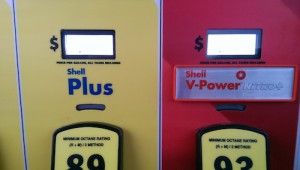
Based on Captains of Industry’s experience in branding and marketing for renewable energy companies, I’ve put together this guide.
NOTE: I’m focusing specifically on Massachusetts because, as you’ll see, the local aspects of solar energy marketing are important, although these tips can be customized for any state.
1. Research the customer’s mindset in each local market.
A lot of companies jump into making direct mail pieces and websites before they really understand who they are talking to, what matters to them, and what they think is true about solar energy.
Many of these beliefs are local in nature.
When my company conducted focus groups of consumers in the Northeast, we found that people thought the solar panels were prohibitively expensive.
They liked the idea of solar, but didn’t want to jump into making a $40,000 investment.
I suspect that research of the California residential market’s consumer mindsets would be very different, because there’s simply more awareness there of the fact that these days, there’s no need to actually purchase the solar panels. All kinds of lease options are available.
But does someone in your target market know this? Maybe not so much.
Understanding your customers’ beliefs and desires, locally, is an essential first step that will lead towards creating your key message.
2. Nail your message.
Ever see an American tourist in Paris speak English louder in the hopes that the French will understand them? That’s the same dynamic employed by most marketers: keep shouting your message and enough people will get it. A better path is creating a message based on what will work with consumers in one local area.
Let’s take my town, Lexington.
I received a mailer from a solar company yesterday with an envelope teaser headline that read, “Use the sun to lower your electric bill.”
First off, the message is generic.
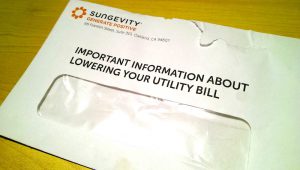
Any solar company could say the exact same thing. But just as important, the message itself didn’t take into account the reality that most residential customers in my town still think they have to make a big up front investment. If a consumer thinks they have to spend a lot of money, then cutting their electric bill as a message isn’t enough. It could take ten to twenty years to get payback, so why do it? Having explanatory copy on a website is one step too far for most consumers: that’s why the key message has to be the first message. It’s the one thing your customer must know in order to drive them to seek out your content.
Here’s an example of a message that would get the attention of someone in my town:
Your Lexington electricity rate jumped 39% in 2014. Here’s how to lower it—without buying solar panels.
So, right off the bat, I know this company is talking directly to me, in my hometown. This feels relevant and timely. This company has done their homework. While a lot of people have experienced sticker shock when they’ve opened their electric bills recently, many are not aware that their rates have in fact gone up this much (it’s crazy, actually). So the message feels startling and gets my attention.
Then they pay off their headline:
Inside this letter is information that can help me save money. Everybody wants to save money. And I won’t have to invest in solar panels? Tell me more.
3. Use valuable content to show your difference.
If all clean electrons are the same, you have to give your brand a halo that helps you be different and more attractive to just the right audience.
But how can you give your brand a halo?
I suggest that you make this difference something other than a 2015 version of ‘V Power’, the standard ad industry gloss that worked in the 20th century.
What works today is to share your company’s values in a way that is genuine, deep, and transparent.
Consumers want to buy from companies who share their beliefs. They want to see your people and what makes them tick. They want to see your vision and mission, not just a piece of junk mail. For example, a solar company could state their mission as “to lower electric costs for every American.”
The company can live this mission by (as just one idea): having a customer referral program based on providing free solar power to low income people in underserved communities.
When a current customer in Lexington refers a neighbor to the solar company, the company makes a contribution towards a fund that goes towards installing free solar panels for a family that’s having a hard time making ends meet. The company’s website can share a whole range of content that shows how this mission is being carried out in Massachusetts, including videos of the families participating in the program.
Suddenly, what at first appears to be a generic electron becomes something much greater: the embodiment of a mission.
That’s today’s ‘V Power’.
4. Stop selling and start educating.
Before consumers buy, they seek knowledge.
They ask their friends, and they go on the web to do a search. But most solar companies are still in the business of selling, forgetting that there is a big knowledge vacuum. So when a web search happens, what comes up (more often than not) are sales offers.
This is the Speaking-English-Louder-in-Paris (SELP) phenomenon, updated for Google.
When I did a web search just now for “Solar Lexington”, not one residential solar company appears on page one of search results.
Not a single one.
This is a huge opportunity for a solar company to create and publish content that appeals to people in their local communities.
Picture this: an eBook (basically a .pdf file with copy, illustrations and web links), that’s customized for my hometown, with timely, in-depth information on my solar options.
Sure, it’s published by a solar installer, and has their contact information on it, but there’s nothing “salesy” about it.
The knowledge is provided as a service.
And by the way, there’s a mention in the back of the book about a solar company’s referral program to help poor families get free electric power.
This is the company I would choose to work with, versus the one that just sent one more generic sales flyer to my house. Content of this nature can be published without the cost of postal mailings, or the cost of paid ads.
And, it has the added benefit of actually working.
5. Ride the locavore movement.
My hometown, like an increasing number of similar towns in Massachusetts, is into the idea of locally grown fruits and vegetables. There’s actually a weekly farmers’ market down the street from my house.
I love it.
My wife and I get a chance to not only buy amazing produce, but we get to meet the farmers and artisans as well – and they are great people. This puts a face on each company, a personality that matters when we’re choosing what to buy.
You know what else is local? Clean energy.
Solar companies should consider setting up their own booths at local farmers markets, positioning their brand of solar as another kind of local, green, affordable produce.
Call it “fresh energy.”
This creates a close link to the values of customers who want to save money and help the environment at the same time. And it demonstrates that the solar company understands how to make solar work in their town, and that they care about the local environment.
This is how change happens.
In Closing…
These five tips are by no means meant to be comprehensive. There are many other important ways for solar companies to stand out. Some companies are already rising to the top due to their sheer size and marketing muscle, like SunRun and SolarCity.
But, there’s still a tremendous opportunity for challenger brands who want to think about marketing differently to take on the giants and win.
If you want to learn more on renewable energy marketing: download Captains of Industry’s free e-book – Branding & Marketing for Clean Energy Companies.




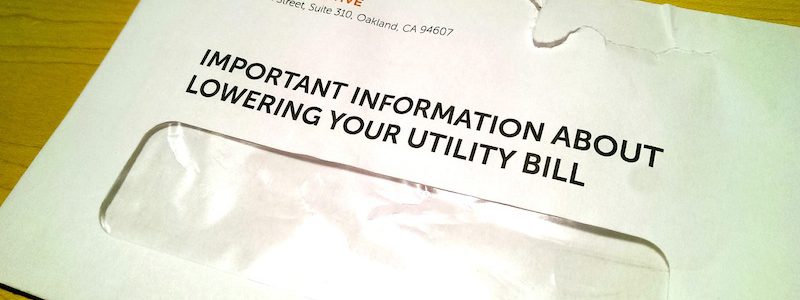



 The energy landscape—particularly in the Unites States—is going through a profound shift. This requires companies to communicate differently.
The energy landscape—particularly in the Unites States—is going through a profound shift. This requires companies to communicate differently.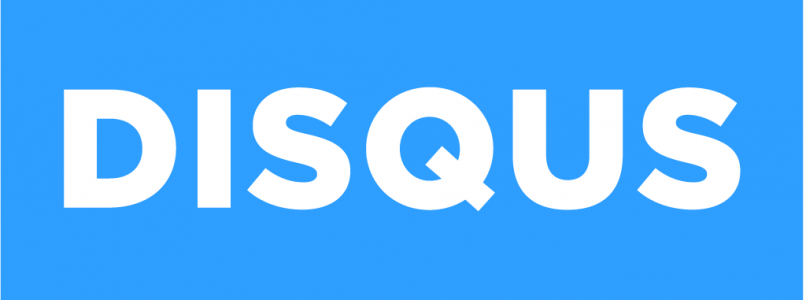
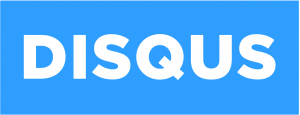 The comments section of any blog or online magazine is a great place to share perspectives or reactions to an author’s content. But too often, I find comments sections either overpopulated with drivel, covered in spam, or totally unengaging. Comments were once a great measure of a piece of substantive content’s success or popularity; now I feel like comments sections are in desperate need of an update. Clearly, the team at
The comments section of any blog or online magazine is a great place to share perspectives or reactions to an author’s content. But too often, I find comments sections either overpopulated with drivel, covered in spam, or totally unengaging. Comments were once a great measure of a piece of substantive content’s success or popularity; now I feel like comments sections are in desperate need of an update. Clearly, the team at 

 Cape Wind has been stalled for years and recently lost its contracts with utilities, a potential end to their dream of being (as their site currently claims) “America’s first offshore wind farm.” Deepwater Wind, however, recently got a green light on a major financing deal and will begin construction in 2015. Deepwater will in fact be America’s first offshore wind farm.
Cape Wind has been stalled for years and recently lost its contracts with utilities, a potential end to their dream of being (as their site currently claims) “America’s first offshore wind farm.” Deepwater Wind, however, recently got a green light on a major financing deal and will begin construction in 2015. Deepwater will in fact be America’s first offshore wind farm. 
 Big data-fueled market segmentation is by no means new marketing strategy, but it is increasingly being exploited in sectors beyond consumer goods (e.g.
Big data-fueled market segmentation is by no means new marketing strategy, but it is increasingly being exploited in sectors beyond consumer goods (e.g. 


